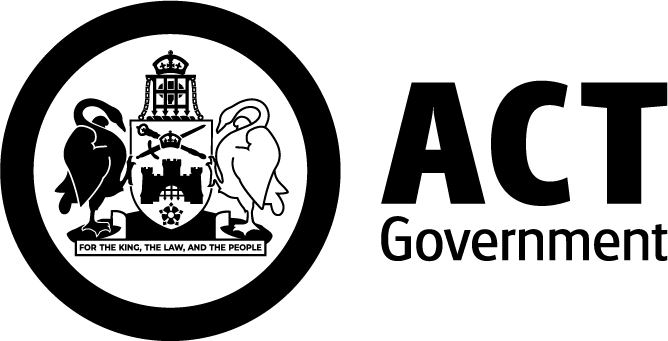Mesoscopic/Microscopic traffic models
While strategic transport models inform forecast travel demand for the whole transport system, operational traffic models consider detailed vehicular movement and their impacts on the road network operation. These includes mesoscopic, microscopic and intersection models.
Operational models use travel demand forecast data from the Canberra Strategic Transport Model (CSTM). They simulate the movement of individual vehicles through the road transport network either by public transport (light rail and/or buses) or cars.
They include information on:
- the road transport network
- traffic controls (including intersection controls, parking, traffic signal, control timing and coordination)
- the number of vehicle trips Canberrans make by motorised modes in peak periods.
City and Inner North Reference Model (CINRM)
The CINRM is a hybrid mesoscopic and microscopic model. Its primary function is to simulate detailed traffic impacts at a local level. This helps to inform infrastructure planning including development approvals, engineering design and community consultation.
CINRM is a detailed digital representation of the road transport network of the City and Inner North. It is based on the earlier City to Woden (C2W) model developed for the Canberra Light Rail Project with updated zoning boundaries aligned with CSTM.
CINRM was calibrated to 2019 conditions, with demand from the CSTM updated to reflect a 2019 base year model. It also has corresponding future year model scenarios for 2021, 2026 and 2031. This enables assumptions to be reflected as single source of truth and for individual project cases to be better understood. The main CINRM outputs include traffic flow, traffic delay, level of service and travel times within the City and Inner North for each reference model.
The model represents the weekday AM (7:15-9:15) and PM (4:15-6:15) two-hour peak periods. The model run involves a 15-minute warming/cooling period and a 30-minute shoulder period at each side of the peak hour. While the AM peak hour of 8:00-9:00 am is the same for CSTM and CINRM, CINRM shows a more detailed PM peak hour of 4:45-5:45 pm compared to CSTM’s PM peak hour of 5:00-6:00 pm.
Woden Valley Reference Traffic Model (WVRTM)
The WVRTM comprises base year 2021 and future year 2026 and 2031 reference models for morning and afternoon peak hour traffic periods. The WVRTM aims to support a place-based approach and assessment of the ACT Government’s delivery sequencing of transport infrastructure in the wider Woden Valley precinct.
These reference models include the future traffic growth and committed infrastructure projects such as the Light Rail Stage 2B between Commonwealth Avenue and Woden Town Centre.
The WVRTM has expanded to include:
- the Athllon Drive Duplication project
- the Light Rail extension to Mawson
- the proposed Athllon Drive high density development of 645 dwellings outlined in the 2024-25 Land Release Program.
The expansion of the study area further south was to capture the travel route choice patterns to and from the far southern suburbs such as Tuggeranong, Gowrie and Wanniassa.
Gungahlin Reference Traffic Model (GRTM)
The GRTM comprises a base year model calibrated to 2022 conditions and future base year models for 2026 and 2031. The GRTM aims to provide the ACT Government with accurate and simulation-based road and intersection performance outputs as forecast traffic volumes, travel times, queue lengths and congestion delays.
The GRTM will assist assessment of land use and transport impacts. It will inform evidence-based infrastructure planning and prioritisation of road network upgrades. This includes intersection signal configuration improvements required to accommodate development intentions in Gungahlin.
Guidelines
The ACT Traffic Microsimulation Modelling Guidelines (PDF 1.3 MB) provide guidelines on model development, calibration and validation, and documentation of results. They also provide guidance on input parameters, calibration, and validation criteria, expected outputs, and the required reporting structure.
The guidelines aim to facilitate an easier and more systematic process to assess microsimulation model quality and model outputs. This helps to ensure that traffic models and reports produced by different people or organisations will achieve a certain level of consistency that is acceptable to the Directorate.
